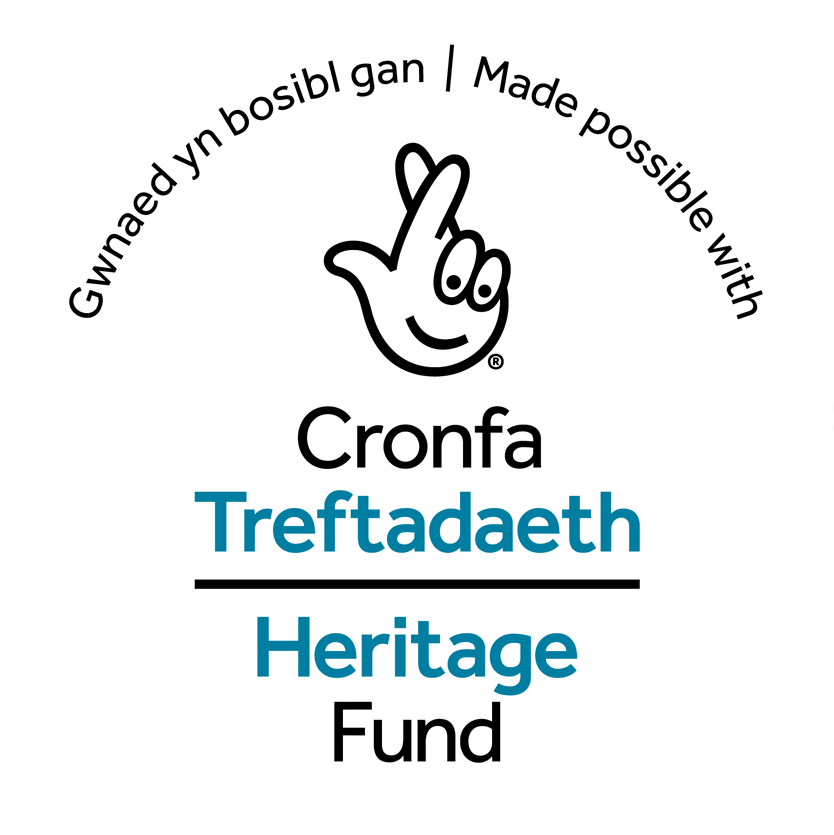We are so glad you’re here. This trail invites you to step gently into the past and uncover the layered, powerful story of Greenhill, Swansea. Over ten carefully chosen points, you’ll walk through centuries of resilience, struggle, hope, and transformation, told through the people and places who shaped this unique hillside community.
We invite you to engage with history not just as information, but as a living story. Imagine walking these same streets in the 1800s. Hear the voices of Irish immigrants seeking a new beginning, see the devastation of the Swansea Blitz, and feel the determination of a community that rebuilt itself again and again with grit and grace.
This trail is for everyone, whether you’re part of a school, a community group, or just exploring on your own. It’s designed to be interactive, reflective, and rich with storytelling.
We would like to extend our heartfelt gratitude to everyone who contributed to bringing this heritage trail to life. From local historians and passionate enthusiasts to dedicated professionals and supportive community members, your efforts have been invaluable. A special thank you goes to our friends Andrew Dulley (the man in charge of Swansea’s historic documents at Swansea Archives) and Gerald Gabb (Swansea’s leading local historian and editor of the Swansea History Journal, Minerva), whose time, knowledge, and support have truly enriched this project. Together, you have all helped weave the intricate story of Greenhill, and for that, we are deeply grateful.
You can experience the trail in three ways:
- The main trail, sharing core moments from Greenhill’s history
- A deeper dive, for those who want to explore deeper, media, and the research behind the trail
- Tarran’s journey, a special first-person adventure for younger visitors, guided by a time-travelling teenager bringing history to life through imaginative storytelling. 🧭 Time traveller passports are available at Matthew’s House reception. Complete the journey and claim your badge — a small token to say: you did it!
Before this garden was created, we carried out detailed site mapping, 3D scanning, and archaeological work to preserve what was here and the memory of this place has been honoured every step of the way as best we could. The walkthrough is intended to hold the database of details of each headstone where they lay originally and where they are now.
You can view a 3D model of the site here –
📍 Interactive Site Walkthrough
📍 Sketchfab 3D Model
We are still learning, collecting, and listening. If you have memories, photographs, or knowledge to contribute to the story of Greenhill, we’d be honoured to hear from you.
📧 greenhillgardens@matthewshouse.org.uk
Now it’s your turn to walk the trail. Follow the markers. Pause to reflect.
Let each step carry you through the rich tapestry of Greenhill’s past – from the 12th-century Knights Hospitaller who cared for the sick, to the stories etched into headstones and memorials that speak of dignity, struggle, and hope.
As you explore the sculptures, bug hotels and historic site, you’ll uncover the resilience of a community shaped by hardship – from cholera outbreaks to the Swansea Blitz – and enriched by the dreams of Irish immigrants and others who called Greenhill home.
This trail is a gift – to our city, our neighbours, and to you. Thank you for walking it with us.


